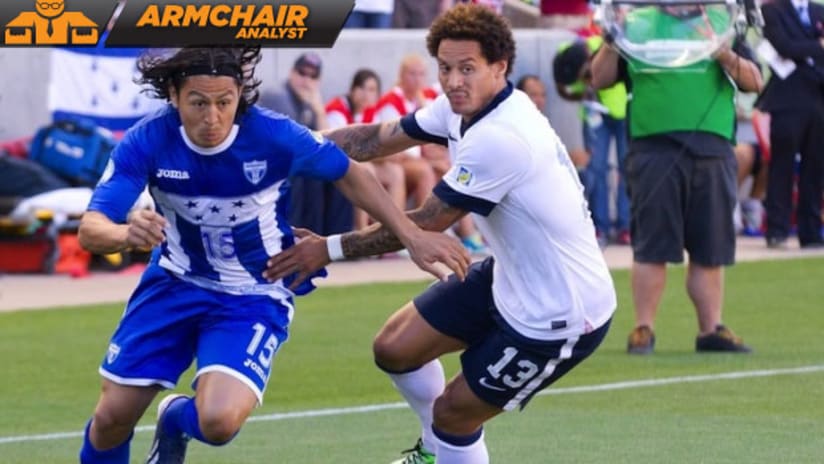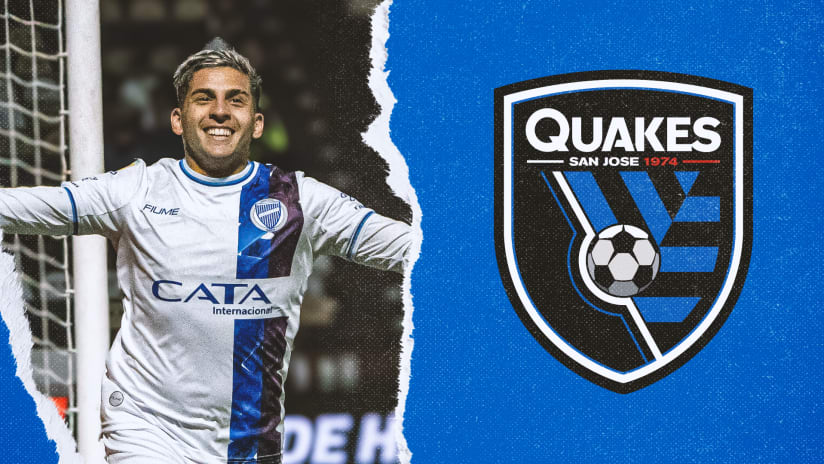SANDY, Utah – Ugly doesn’t win you fans. But it wins you points, and qualifiers, and – it seems inevitable at this point – a trip to Brazil next summer. It really wasn’t good from the US, but the scoreboard said it was good enough.
Barely. And despite some obvious personnel and tactical mistakes.
Here are three things we learned from an ugly 1-0 US win over Honduras here at Rio Tinto Stadium on Tuesday night:
1. Jermaine gonna Jermaine
Going purely by résumé, Jermaine Jones is probably the most accomplished player on the USMNT. He’s a regular in the UEFA Champions League with Schalke, and has had his moments in the US jersey.
But not enough of them, and certainly not enough to justify neutering Michael Bradley’s movement. That’s what Jones does right now.
Here’s the thing about the US midfield as it’s currently constructed: It doesn’t need to be the “best talent” available. It needs to be the “best partnerships available.” Partnerships are what win soccer games, especially if you’re aiming for quick transitions (like, you know, on the goal) and impossible-to-track off the ball movement.
CHECK OUT THE LATEST CONCACAF HEXAGONAL STANDINGS
Bradley can’t do any of that with Jones in there, because Jones plays like he’s the alpha, like it’s his show. He doesn’t hold, he doesn’t defer, and he’s almost pathological in the way he slows down play, takes three touches, then tries to play a long ball.
That’s not what the US are good at, and Jones isn’t Andrea Pirlo. He needs to be a No. 6, not a regista. Get Geoff Cameron (or Danny Williams, or Kyle Beckerman) in there, and they defer. They know it’s Michael’s show.
2. One up, four on the two
Honduras left one striker high to bother the defenders, then had the entire midfield playing lanes to slow down transitions out of central midfield. So it’s not like the ugly first 75 minutes were all Jones’ fault. But in that situation, it’s even more important to play quick combinations and transitions.
The US have struggled to do that throughout qualifying, and this tweet from TempoFreeSoccer puts an exclamation point on just how much of a slog it’s been:
Honduras are better than Panama and they didn’t make the mistake of pushing high to challenge the US, but it’s not a coincidence that the best runs of attacking soccer the Americans have played came in the final 30 minutes against Jamaica and the 90 against the Canaleros.
3. Scouting Evans
Honduras would pick their spots overloading their left flank, forcing Brad Evans to defend 1-v-1 in space. The butterfly effect was Omar Gonzalez having to come wide and defend – again, in space – more and more often. And that wasn’t good. Same to a lesser extent with Matt Besler.
The US eventually adjusted, pulling Evans further back and having him support the attack rather than initiate it. Regardless, sloppy touches from Honduras repeatedly left a backpedaling US defense off the hook, especially in the first 45 minutes.
OPTA Chalkboard: Zusi gets US going in the second half
This isn’t precisely Evans’ fault. Every soccer player has their limitations, and defending in space is his because of a lack of athleticism and quickness. So far, he’s been savvy enough to be a net positive out there, but as teams get more and more tape on him they’re going to prepare how to attack that side more and more thoroughly.
Jurgen Klinsmann has to get out ahead of that in September – if it is, indeed, Evans who’s still the starter by then.
For now, though, the story is this: Nine points from three games, 13 from six and a view from the top of the Hex. It’s rarely been pretty, but it’s been plenty good enough.














